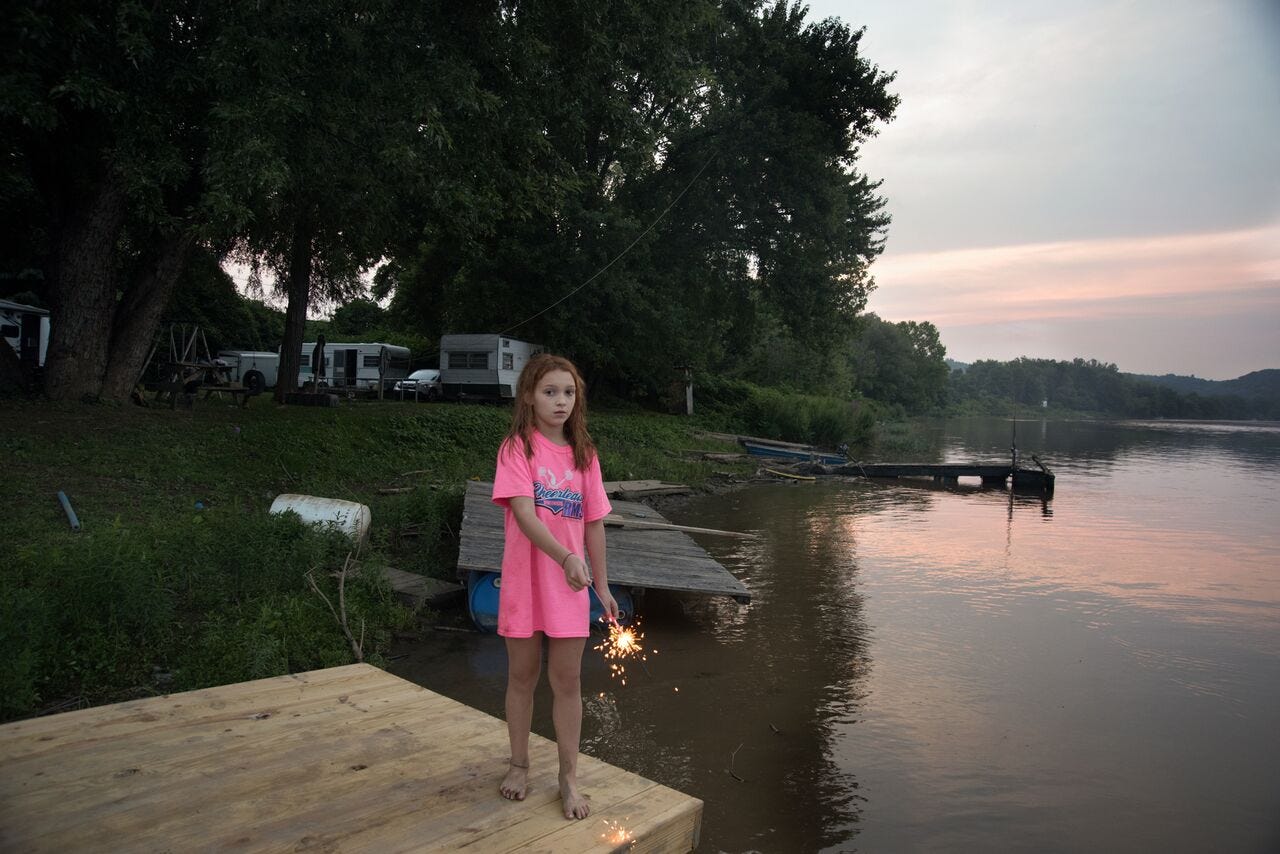Review: Jesse Donaldson on Foxfire’s Appalachia
Revisiting our post on the political uses of nostalgia
Stacy Kranitz, Letart, West Virginia, 2015. From As it was Give(n) to Me, a ten-year archive of collected images, text, and objects that traces exploration and extraction in central Appalachia, published in book form by Twin Palms Publisher. Earlier this year Stacy Kranitz collaborated with ProPublica on a photographic essay on how Tennessee’s abortion …
Keep reading with a 7-day free trial
Subscribe to Book Post to keep reading this post and get 7 days of free access to the full post archives.



